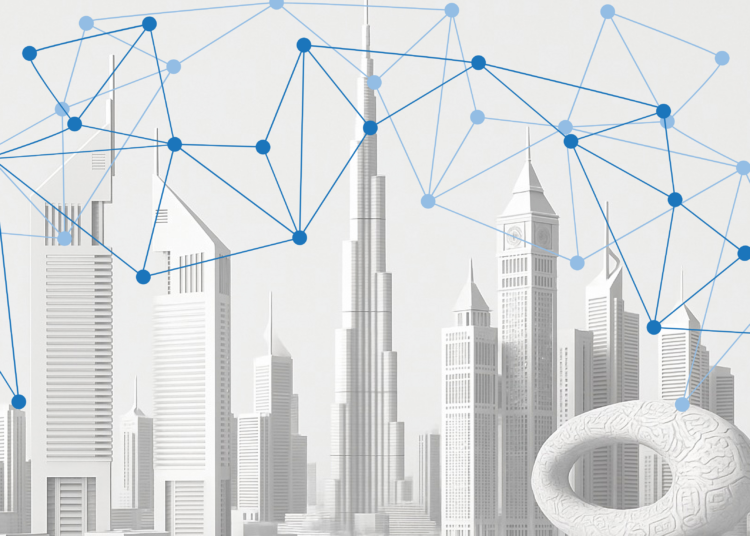Digital transformation initiatives have gained considerable momentum over the last year. A global McKinsey survey of executives found that organisations accelerated digitisation of their customer and supply-chain interactions and internal operations by three to four years. Moreover, the share of digital or digitally-enabled products in their portfolios accelerated by a remarkable seven years.

Today, organisations are clearly supporting larger remote workforces, adopting more cloud-based technologies, embracing robotic process automation (RPA) to automate business tasks, and much more. These modernisations are helping organisations stay competitive and react to new customer and employee needs. Yet, digital transformation technologies and implementations tend to introduce attack surfaces, which are often not adequately addressed.
For instance, the cloud presents new use cases as well as the challenges of scale and ephemeral privileged accounts and credentials. In such an environment, shadow IT and unknown privileges can proliferate, creating dangerous backdoors to your infrastructure. Additionally, DevOps processes, tools, and velocity can magnify many of the challenges you experience in other parts of your business. Some of these security challenges include hardcoded passwords, overprovisioned privileges, secret sharing, and inadequate management of secrets.
Re-assessing and improving privileged access security, which is also a core technology for enabling zero trust, should be at the center of your strategy to securely enable digital modernisation. After all, nearly every successful cyberattack—whether waged by human or non-human—involves some element of privileged access.
5 Keys to Securing Digital Transformation with Privileged Access Management (PAM)
Mature, modern privileged access management solutions should be able to help you protect your expanding universe of privileges across your entire IT estate—whether on-premises, cloud, hybrid, human, machine, employee, or vendor. Here are 5 critical areas of privileged access security that you should focus on:
- Secure Privileged Accounts, Credentials, & Sessions
Gaining control and accountability over privileged accounts (human and machine) is often the first, logical PAM step. Privileged password management solutions can automate the discovery, onboarding, management, and monitoring of the ever-expanding types of privileged accounts/credentials (privileged user passwords, application passwords, DevOps secrets, SSH keys, certificates, etc.), and bring them under centralised management. This helps prevent or mitigate password re-use attacks and other common pathways into the IT environment. In addition, any instance of privileged access should be tightly monitored and managed, such as by using logging, screen recording, and other technologies.
- Enforce Least Privilege across all Endpoints
Enforcing least privilege is one of the most powerful ways to bolster endpoint security. Endpoint privilege management solutions can remove administrative rights across servers, desktops, IoT, and other devices, as well as for applications and machines. Ideally, privileges are only elevated on an as-needed basis (referred to as just-in-time access) and only for the targeted application or process. Restricting the amount and duration of access drastically minimises the threat surface.
- Control Applications
PAM solutions often combine advance application control capabilities as part of Endpoint Privilege management. Some important capabilities include:
- Allow listing, block listing, and reputation-based listing to limit applications to only those approved to execute, with the correct privileges, within the right context
- Real-time risk intelligence to inform privilege delegation and elevation decisions
- Trusted application protection that helps prevent insidious fileless attacks that tend to leverage trusted applications
- Lock Down All Remote Access
Most modern attacks start externally via a remote connection. VPNs and other common remote access tools lack connection isolation, granular privilege and access controls, and application-based audit capabilities. Today, VPNs and RDP are routinely being stretched far beyond their legitimate use cases, contributing to a boom in attacks and breaches. PAM platforms with privileged remote access capabilities can enforce least-privilege access and session auditing for remote sessions—for both vendors and employees—better than traditional VPN solutions alone. These solutions can also isolate and lock down access to control planes, such as for cloud environments and important digital transformation technologies, in alignment with zero trust principles.
- Contribute to an Integrated IT Ecosystem and Holistic Security
Finally, it’s important your PAM technologies integrate with identity and access management (IAM), service desk, and other technologies for seamless risk identification and access control across the enterprise. When tools connect and work together, you can gain important synergies that give you more value than the mere sum of the individual parts.
Organisations across the region are accelerating their digital transformation strategies but this enthusiasm has led to a pace of innovation that disregards vital security concerns. Privileged Access Management (PAM) is fundamental to addressing the security risks related to digital transformation, enabling the control of access, credentials, secrets, and endpoints—with minimal disruption to business processes and end user productivity. In short, the success of digital transformation hinges on PAM.










Discussion about this post